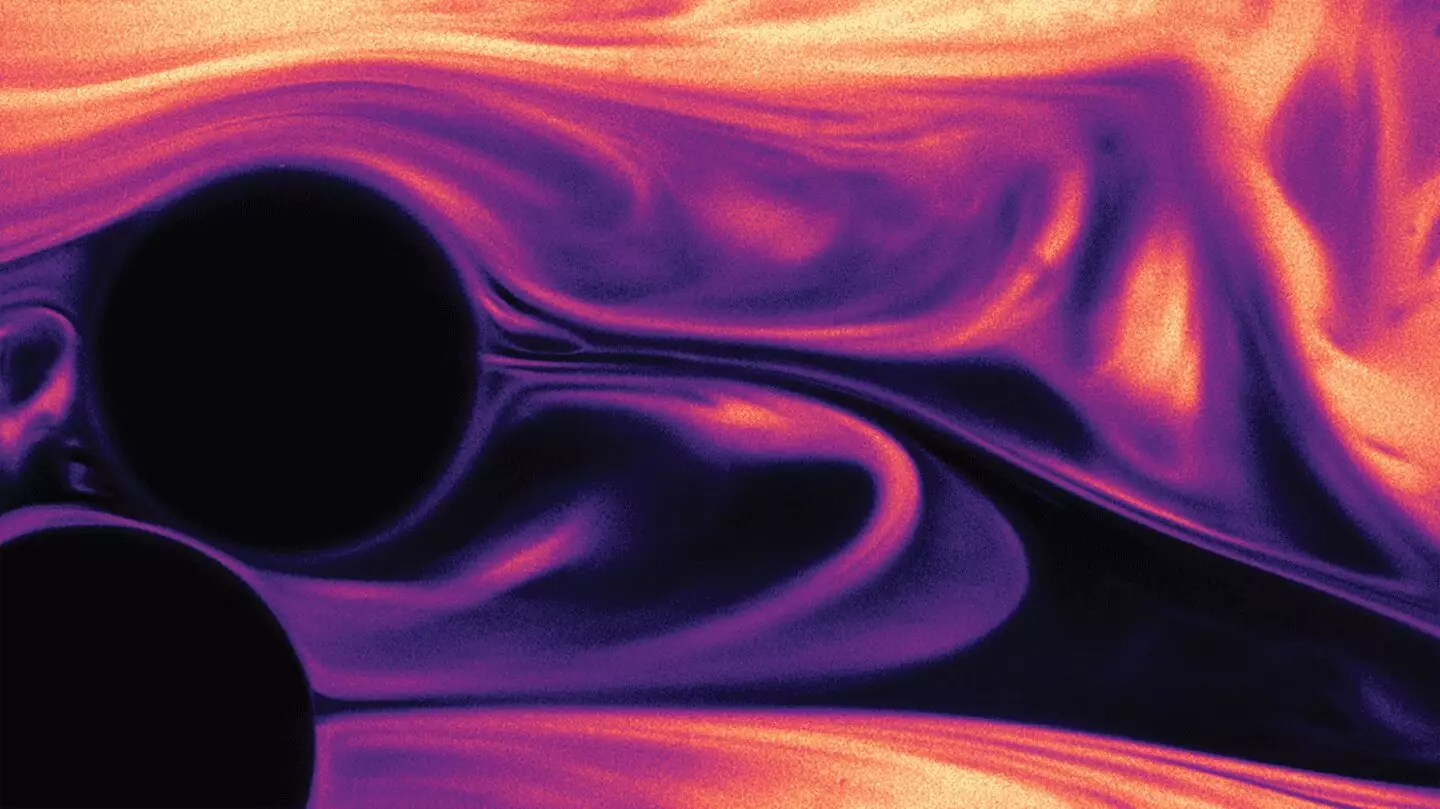The act of pouring cream into a cup of coffee is an ephemeral delight. It creates a mesmerizing visual, reminiscent of stormy skies with their eddying patterns and swirling chaos. However, once a spoon stirs the mix, that dynamic ballet dissipates into a singular, uniform hue. This simple yet profound moment encapsulates the essence of mixing, an action often overlooked yet deeply significant across various fields. From crafting everyday items to launching groundbreaking chemical processes, the art of blending two distinct substances is far more complex than it appears.
Mixing is not merely a sensory experience; it is a critical process in a myriad of industrial applications. Think about the materials that surround us—everything from the comfortable chairs we sit on to the detergents that clean our clothes—all stem from intricate mixing methodologies. While a casual observer may see these as straightforward, the science behind mixing is intricate, often involving varying techniques to create the desired chemical reactions that propel industries forward. This interaction can resemble the fine-tuning of espresso brewing more than the simple stirring of coffee. Yet, it offers distinct challenges that must be navigated to achieve optimal results.
The Challenge of Mixing in Porous Settings
One of the most significant hurdles in industrial mixing involves creating adequate turbulence. In standard mixing scenarios, such as our coffee and cream example, the turbulence generated promotes a rapid and thorough combination of components. However, when working with porous materials—such as the tightly packed grains in an espresso machine or the tiny pores in soil during groundwater remediation—the situation becomes markedly different. Within these confines, the restricted volumes hinder the chaotic mixing necessary for effective fluid interactions, thereby slowing down chemical reactions crucial to various processes.
Herein lies the genius of recent research led by Princeton Engineering scholars. By incorporating springy polymers into the mixing process, they’ve discovered a way to mimic the turbulence normally absent in these porous environments. Through this innovative methodology, the polymers stretch and recoil within the tiny pores, effectively creating a miniature mixing volume. This newfound capability not only introduces turbulence but also accelerates chemical reactions, enhancing production rates dramatically—by as much as tenfold.
The Path to Discovery: From Concept to Application
The journey towards this revolutionary technique began with Christopher Browne, a graduate alumnus from Princeton’s Department of Chemical and Biological Engineering. Starting his exploration during the early years of his studies, Browne grappled with various challenges and unanswered questions revolving around the mixing of fluids. His persistence laid the groundwork for a prolific research trajectory that ultimately connected the dots between polymers, fluid dynamics, and industrial applications.
The collaborative environment in Datta’s lab proved indispensable. Browne’s deep dive into the complexities of polymer behavior created not only a fascinating body of work but also paved the way for innovative solutions to longstanding engineering dilemmas. After completing his Ph.D., the serendipity of a postdoctoral opportunity allowed Browne to return to the very problems that had once captivated his academic curiosity. With fresh eyes and renewed enthusiasm, he and his colleagues harnessed the power of their prior research to forge ahead with concrete realizations.
A Paradigm Shift: Breaking Down Barriers in Engineering
What sets this new mixing technique apart is its practicality. Unlike previous strategies that focused on altering grain geometries—often cumbersome and costly—the polymer-based method presents a simplified alternative with broad applicability. The polymers employed in the research bear a resemblance to the absorbent materials commonly found in everyday items like diapers. Encouragingly, researchers believe that a diverse array of materials could be tailored for similar enhancements, amplifying the versatility of this approach.
The fundamental strength of this technique lies in its scalability. It offers an efficient solution for producing essential chemicals, capable of extending its impact beyond academic laboratories into practical, large-scale applications. As Datta aptly stated, this breakthrough is not merely an aesthetic marvel but an engineering advancement with profound implications for efficiency in chemical manufacturing.
The Future of Mixing: Engineering Possibilities Unfolding
Looking ahead, the innovation of mixing techniques promises a transformative impact on various industries grappling with efficiency and efficacy challenges. The fluid dynamics explored through this research could serve as a cornerstone for environmentally conscious chemical production, tackling issues related to sustainability while enhancing economic viability. As researchers continue to study the principles underpinning these discoveries, the potential for further advancements in the realm of mixing and fluid dynamics appears limitless.
In a world where the amalgamation of materials serves as the foundation for technological success, the rise of innovative mixing methodologies stands as a beacon of hope. As we delve into this exciting frontier, we can only anticipate how these ongoing explorations will redefine the landscape of chemical engineering and production processes.


Leave a Reply